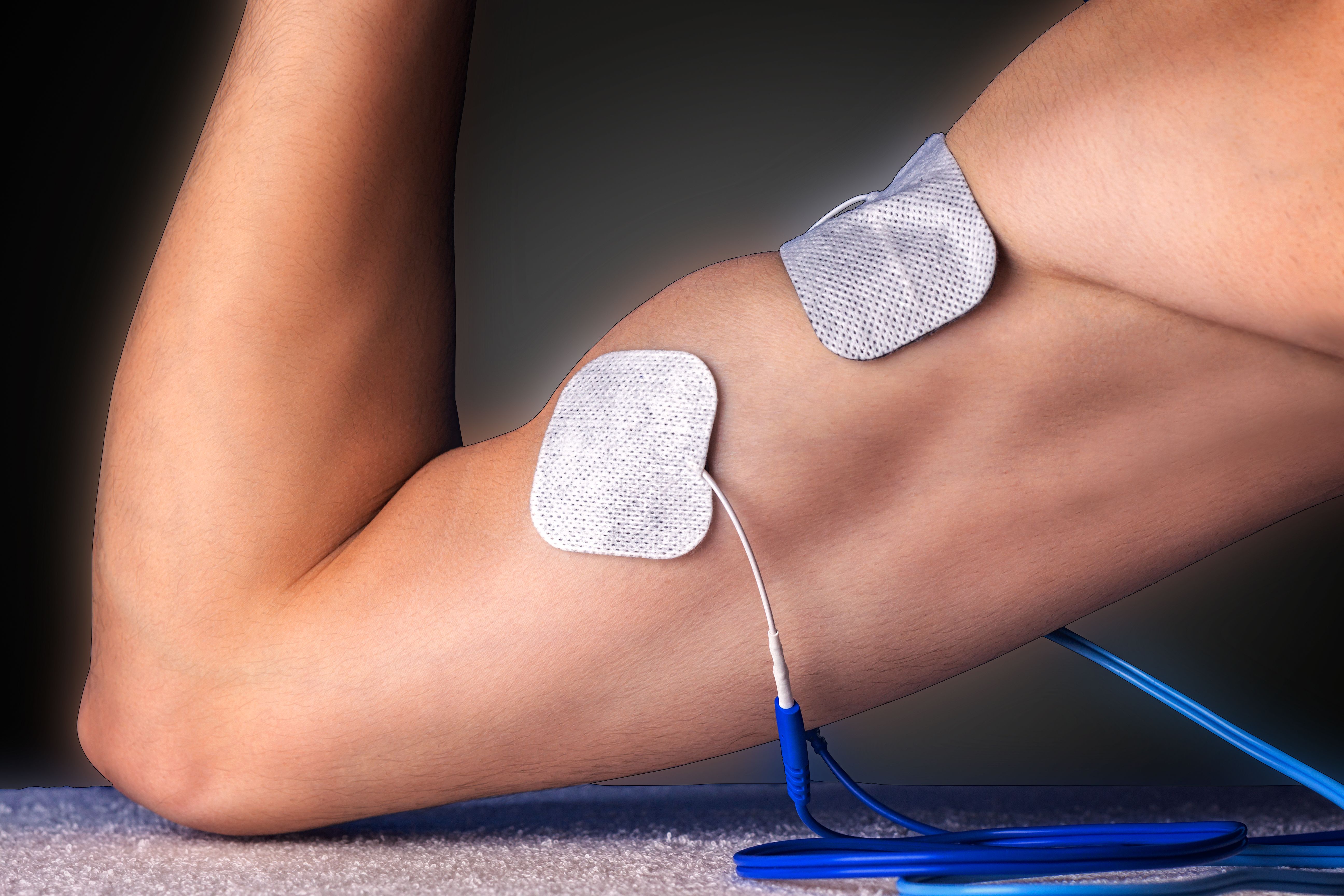Boosting Performance with EMS: Power, Strength, and Endurance
Understanding EMS Technology
Electrical Muscle Stimulation (EMS) is revolutionizing the way athletes and fitness enthusiasts approach training. By sending electrical impulses through the skin, EMS devices stimulate muscle contractions, mimicking the natural process that occurs during physical activity. This technology has gained popularity for its ability to enhance physical performance by targeting specific muscle groups more effectively than traditional exercises alone.

Enhancing Power with EMS
One of the greatest advantages of EMS is its potential to boost power. Power, defined as the ability to exert maximum force in the shortest possible time, is crucial for athletes involved in sports such as sprinting, weightlifting, and football. EMS can help increase power by activating fast-twitch muscle fibers, which are responsible for explosive movements. Regular EMS sessions can lead to noticeable improvements in power output, making it a valuable tool for athletes aiming to gain a competitive edge.
How EMS Works for Power Gains
EMS targets fast-twitch fibers that are often underutilized during conventional training. By delivering electrical impulses directly to these fibers, EMS encourages more rapid and complete muscle contractions. Over time, this can lead to enhanced neuromuscular efficiency and increased power production. Athletes may incorporate EMS into their training regimen to complement their existing workouts and maximize their performance.

Building Strength with EMS
Strength training is an essential component of any fitness program, and EMS can significantly contribute to strength development. By engaging muscles more deeply than voluntary contractions alone, EMS promotes muscle hypertrophy and strengthens muscle fibers. This technology is particularly beneficial for rehabilitation purposes, allowing individuals to maintain or improve strength even when traditional weight-bearing exercises are not feasible.
The Science Behind EMS for Strength
EMS encourages muscle growth by increasing blood flow and nutrient delivery to the targeted areas. It also enhances protein synthesis, a critical process for muscle repair and growth. As a result, users often experience increased muscle size and strength over time. Moreover, EMS can be tailored to specific muscle groups, allowing for targeted strength improvements based on individual needs.

Boosting Endurance with EMS
Endurance athletes also stand to benefit from incorporating EMS into their training routines. By improving muscle efficiency and delaying fatigue, EMS can enhance endurance performance. This is particularly advantageous for athletes participating in long-distance running, cycling, or triathlons, where sustaining energy levels is crucial.
EMS Strategies for Endurance
Athletes can use EMS to simulate endurance training sessions without the associated wear and tear on joints and muscles. This approach allows for recovery while still promoting muscular endurance. Additionally, EMS can be used during rest days to maintain muscle activation and prevent detraining effects.
Integrating EMS into Your Training Routine
For those interested in incorporating EMS into their fitness regimen, it’s important to follow a few best practices:
- Consult with a fitness professional to identify suitable EMS protocols.
- Start with low-intensity sessions and gradually increase intensity as the body adapts.
- Use EMS as a complement to traditional training methods for balanced development.
By following these guidelines, individuals can safely and effectively harness the benefits of EMS technology to boost their performance across power, strength, and endurance.